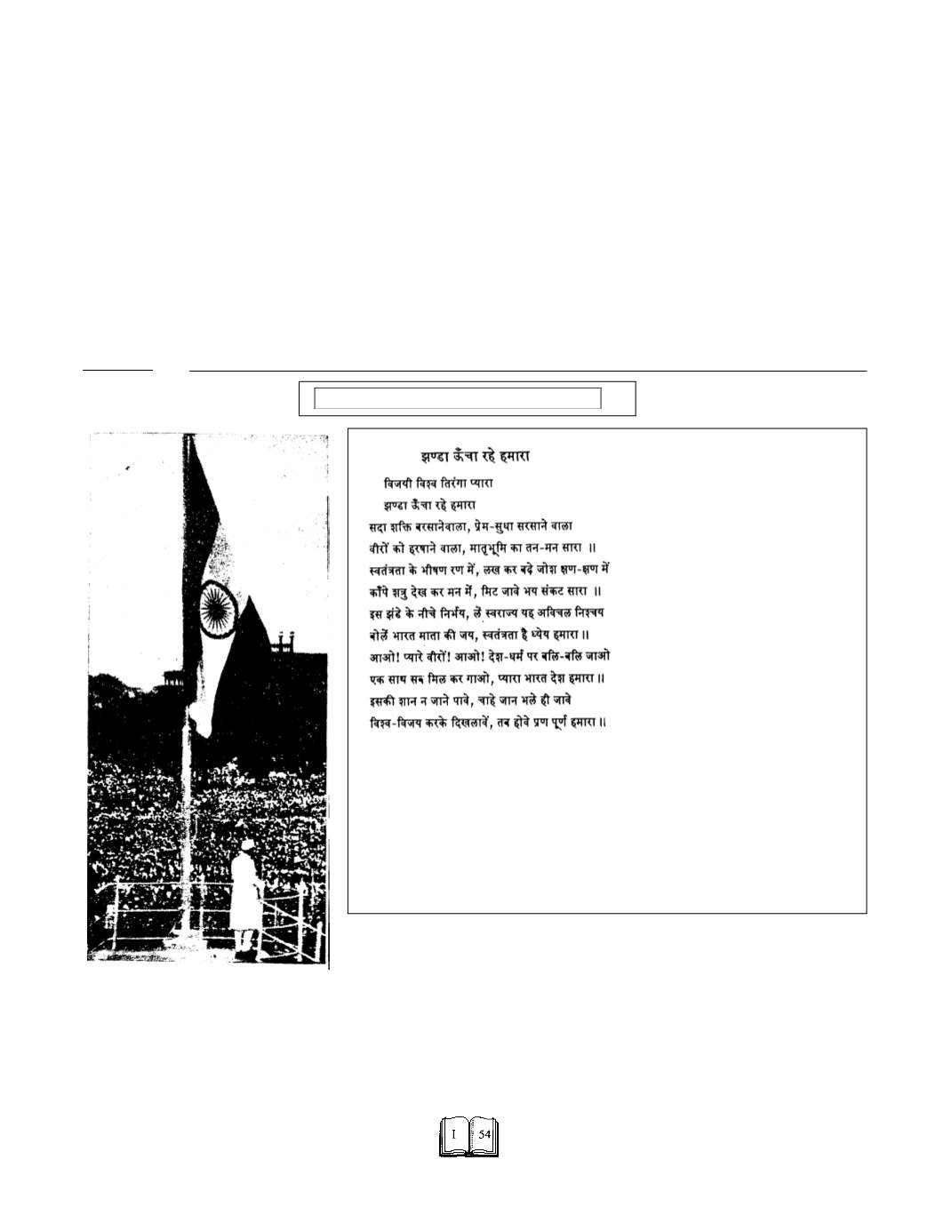

FREEDOM MOVEMENT
Eternal India
encyclopedia
the Punjab by violence and coercion and that
no arrangement based on coercion can last.
This would necessitate division of the Punjab
into two provinces so that the pre-dominantly
Muslim part may be separated from the pre-
dominantly non-Muslim part.'
Lord Mountbatten assumed office on
March 24,1947 and in five months prepared
and implemented his plan for the partition
of India. The stupendious task of partition
was entrusted to a partition committee, later
replaced by a partition council, with equal
number of representatives from the Congress
and the Muslim League, and with Lord
Mountbatten as Chairman. This council
continued even after the dominions of India
and Pakistan came into existence on 15th
August 1947. The partition council worked
through a steering committee of two mem-
bers and was assisted by ten expert commit-
tees of officials, covering the entire field of
administration. An Arbital Tribunal was set
up for the settlement of all differences be-
tween the two governments.
Speaking about the partition of India at
the A1CC meeting in Delhi (14-15June, 1947)
Achraya Kripalani highlighted the causes for
partition. He said,
“Some members have ac-
cused us that we have taken this decision (of
partition), out of fear I must admit the truth:
The fear is not for the lives lost, or the
widow's wail, or the orphans cry... The fear
is that if we go on like this, retaliating and
heaping indignities on each other, we shall
progressively reduce ourselves to a stage of
cannibalism and worse. In every fresh com-
munal fight the most brutal and degraded
acts of the previous fight become the norm... ”
The Constituent Assembly of India con-
tinued to function. Its first three sessions
were boycotted by the members belonging to
the Muslim League. When the Constituent
Assembly began its fourth session on 14th
July, the Muslim League members from the
non-Pakistan provinces took their seats and
declared themselves to be loyal and law-
abiding citizens of India.
1947 FREEDOM AND PARTITION
May Our Flag Fly High
The ever victorious Tricolour of ours, may it fly. high.
This tricolour of ours which is strength-giving and
from which the nectar of love flows and heroes derive
happiness, the body and soul of our motherland.
May it fly high..............
In the fierce battle for freedom. looking at it.
we grow from strength to strength.
And our enemies tremble.
All our fears and misery vanish when we look at it.
May it fly high................
Fearlessly standing under this flag.
We proclaim our firm resolve to win freedom.
Victory to Mother India, Our goal is freedom.
May it fly high................
Come, dear brave brothers come,
Sacrifice yourselves for the country and the creed.
Let us all sing together. This India is our dear land.
May it fly high................
May its glory never fade, even if we lose our life.
We will come victorious, then will our
pledge be fulfilled.
The ever victorious Tricolour of ours
May it fly high................
Shyamlcil Parshud
Nehru Hoisting the National Flag on Redfort. Delhi
(First Independence Day Celebration 16th Aug. 1947.)
On 4th July, 1947, the Indian Independ-
ence Bill was introduced in the House of
Commons. The Bill was passed without any
amendment on 15th July and by the House
of Lords on the following day. It received the
Royal Assent on 18th July.
The main provisions of the Indian Inde-
pendence Act, 1947, may be summarised as
follows:
*
Two independent dominions, known re-
spectively as India and Pakistan, shall be
set up as from the 15th day of August
1947.
*
The territories of the two dominions were
defined on such terms that Pakistan was
to comprise Sindh, British Baluchistan,
NWFP, the West Punjab and East Bengal.
*
For each of the new dominions, there
shall be a Governor-General who shall be
appointed by His Majesty for the pur-
poses of the government of the dominion.
*
Provided that, unless and until provision
to the contrary is made by a law of the
legislature of either of the new dominions,
the same person may be Governor-General
of both the new dominions.
















